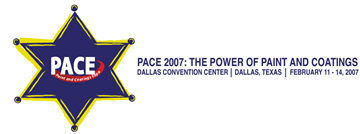Search
Factors Influencing Early Crack Development in Marine Cargo and ballast Tank Coatings
Also Purchased
Feasibility Evaluation of Rapid Cure Coating for Ship’s Water Ballast Tank
Product Number:
41207-382-SG
Publication Date:
2007
$20.00
Fast Curing Anticorrosion Primers for Steel Protection
Product Number:
41206-229-SG
Publication Date:
2006
$20.00
Holiday Detection by Imaging Fluorescent Coatings
Product Number:
41206-245-SG
Publication Date:
2006
$20.00




